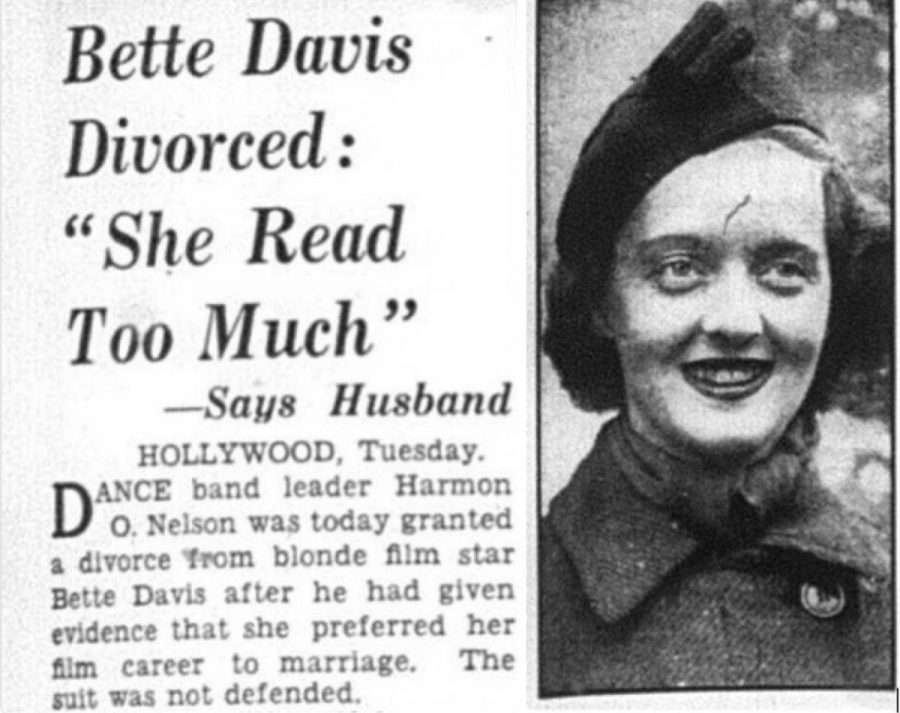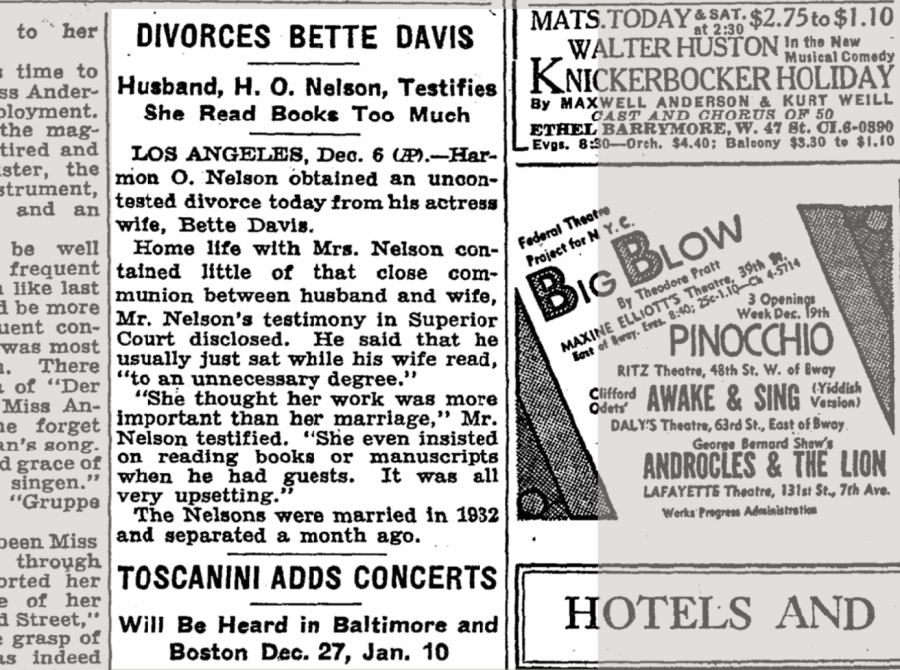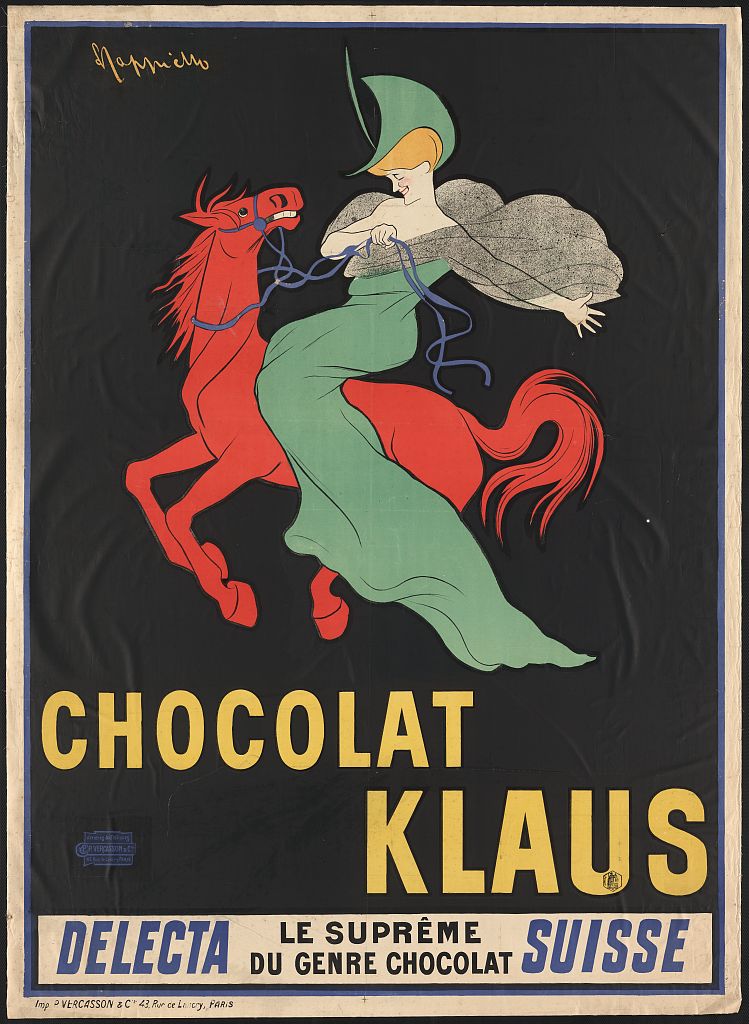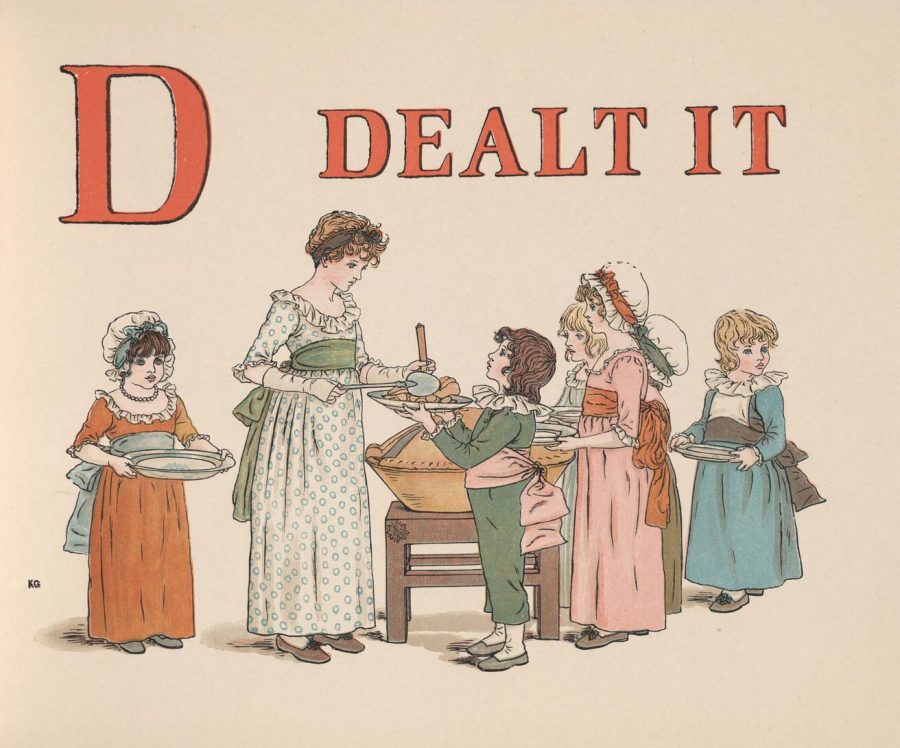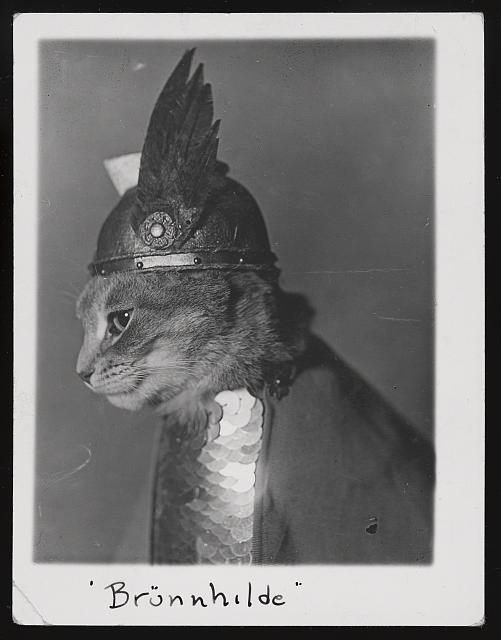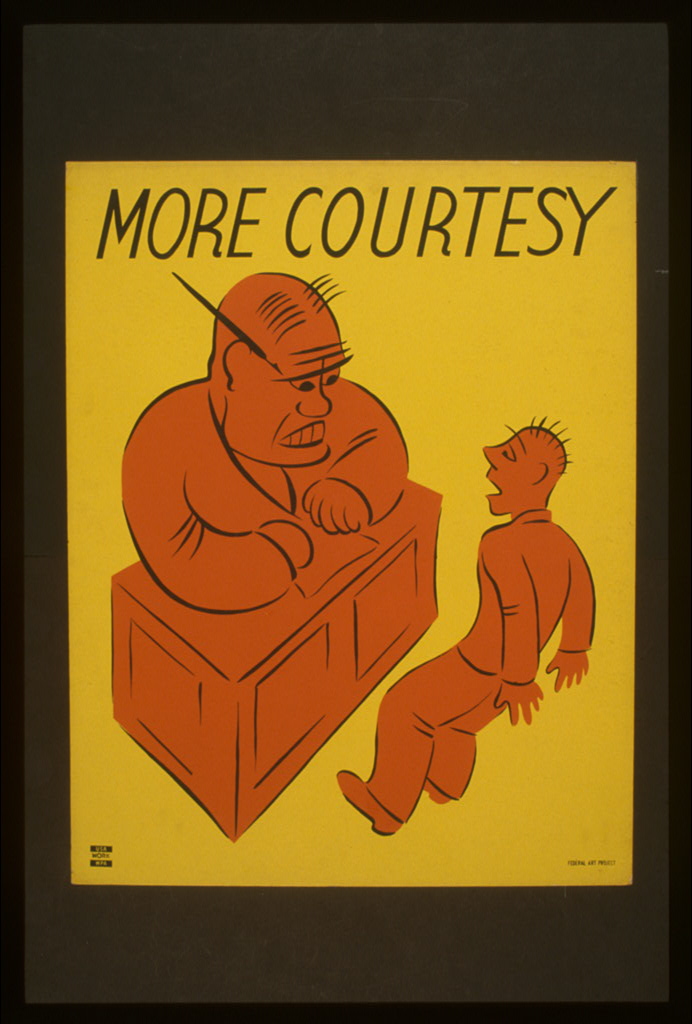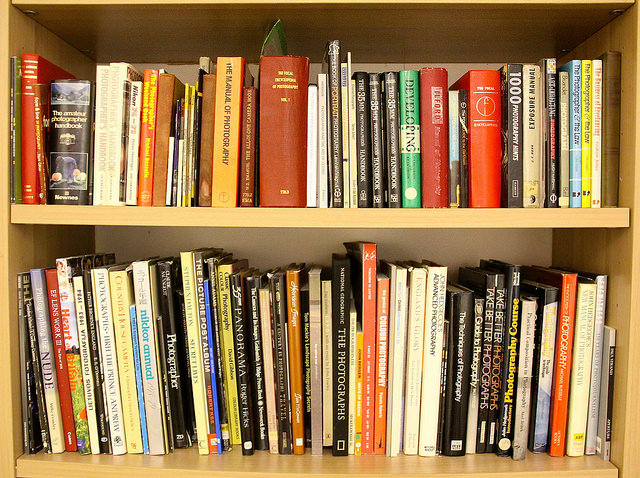My childhood discovery of Edward Gorey proved revelatory. I recognized my own bewilderment in the blank expressions of his obsessively-rendered Edwardian children. His characters, imprisoned in starched collars and stays, stared at the world through hollow eyes, struck dumb by alternating currents of absurdity and horror. Every youngster with budding goth and New Romantic sensibilities found themselves drawn into Gorey’s weird worlds. Confessed Goreyphiles like Tim Burton and Neil Gaiman took much from a style Steven Kurutz describes as “camp-macabre, ironic-gothic or dark whimsy.”
He gave his readers permission to be odd and haunted, and to laugh about it, but he never seemed to have needed such permission himself. He was as sui generis as he was mysterious, the scowling older gentleman with the long white beard assumed the role of an anti-Santa, bestowing gifts of guilt-free, solitary indulgence in dark fantasy.
But the man himself remained shrouded, and that was just as well. Learning more about him as an adult, I have been struck by just how closely he resembles some of his characters, or rather, by how much he was, in work and life, entirely himself.
A fashionably bookish hermit and Wildean aesthete, a man to whom, “by his own admission… nothing happened,” Gorey organized his life in New York around reading, seeing films, and attending George Balanchine’s ballets. (He rarely missed a performance over the course of three decades, then moved to his famed Cape Cod house when Balanchine died in the mid-80s.) “Despite being a lifelong Anglophile, he made just one brief visit to Scotland and England,” writes Kurutz, “his only trip abroad.”
In a Proust Questionnaire he answered for Vanity Fair, Gorey wrote that his favorite journey was “looking out the window.” The supreme love of his life, he wrote: his cats. Those beloved creatures are the subject of the third episode of Goreytelling, at the top, an animated web series consisting of short excerpts from an upcoming documentary simply titled Gorey, directed by Christopher Seufert, who spent several years recording his conversations with Gorey. The very Gorey-like animations are by Benjamin and Jim Wickey.
If you’ve ever wondered what Edward Gorey sounded like, wonder no more. Hear his solidly Midwestern accent (Gorey grew up in Chicago) as he describes the travails of living with adorable, frustrated predators who destroy the furniture and throw themselves on his drawing table, ruining his work. Further up, he tells the story of a mummy’s head he kept wrapped up in his closet, and just above he tells a story about The Loathesome Couple a 1977 book he wrote based a series of real-life murders of British children by a married couple. “A lot people,” he says, would tell him “this one book of yours, I really find a little… much.”
Goreyphiles out there, and they number in the millions, will thoroughly enjoy these animations (see episode 2, “Fan Mail,” here and 4, “Dracula,” here). Gorey the documentary promises to bring us even closer to the curmudgeonly author and artist. His life makes for a quirky series of vignettes, but ultimately Gorey was a “Magellan of the imagination,” says cultural critic and biographer Mark Dery. “He journeyed vastly between his ears…. So that’s where you have to look for the life. On the psychic geography of his unconscious,” and in the pages of his over 100 satisfyingly unsettling books.
via Laughing Squid
Related Content:
Edward Gorey Illustrates H.G. Wells’ The War of the Worlds in His Inimitable Gothic Style (1960)
Alfred Hitchcock Meditates on Suspense & Dark Humor in a New Animated Video
Josh Jones is a writer and musician based in Durham, NC. Follow him at @jdmagness
